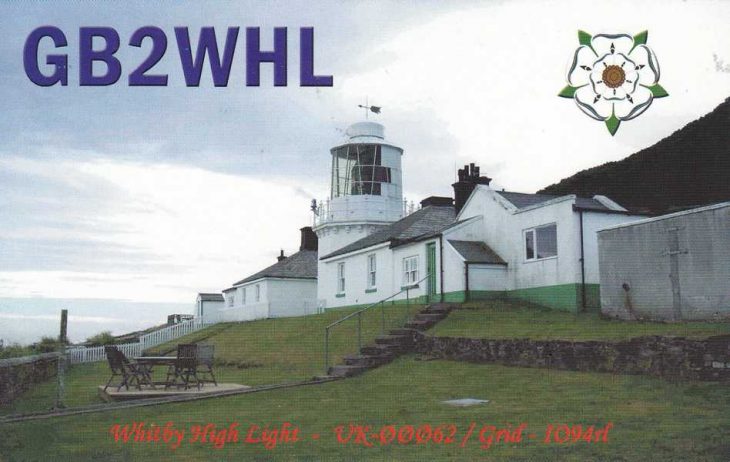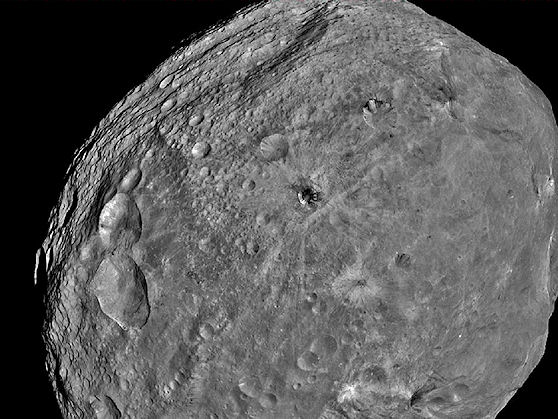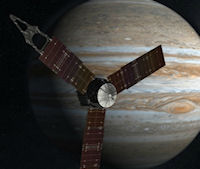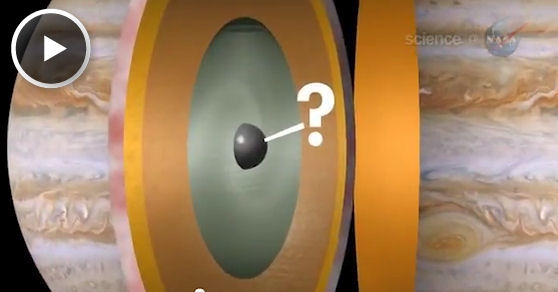Well the first 10 days with the new antenna have been great. Trying various bands and modes as seen a remarkable increase in the DX since the G3TXQ Hexbeam (by MW0JZE) was erected.
The antenna was installed as a replacement for the 2 element SteppIR. I was’nt sure how it would perform as the SteppIR was just amazing. Its difficult to compare unless they are tested ide by side but at this stage I have no complaints whatsoever about the Hexbeam (good job Ant!) and I am not missing the SteppIR at all which is a big surprise. Here is a selection of the DX worked over the last few days on 12 and 15m.
12M ; VK6RO, XU7ACY, T6MO, T6MB, JA4FHE, P29CW, DU3/N0QM, BU2AQ, 5R8UO, KH2/N2NL
15M ; KH2/WM1D, P29FR, BI7LSI, 8J7HOPE, 8N1WHALE/1, JAPAN (30+) HL (15), ZL4RUGBY, XX9LT
(Many more worked on 17 and 20, these are just a selection)
Whatever the reason, the antenna or propagation, let’s hope it continues or a little longer!

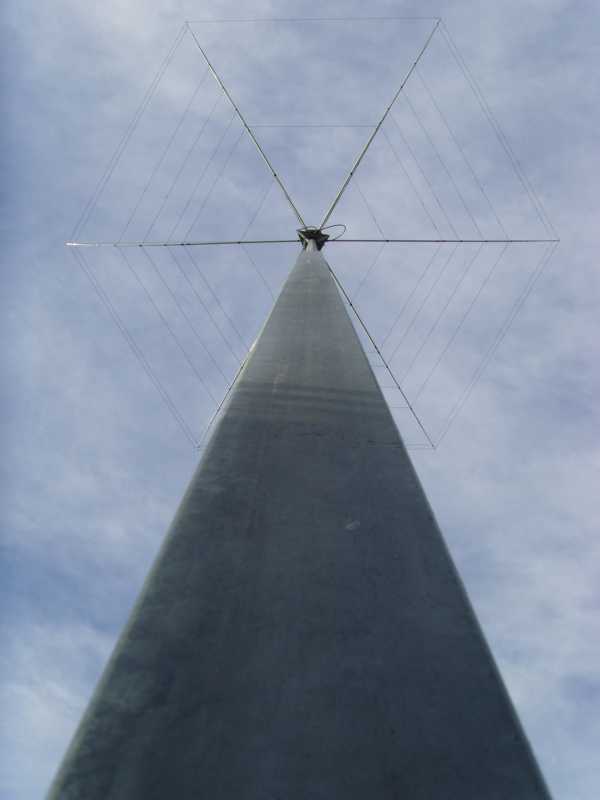
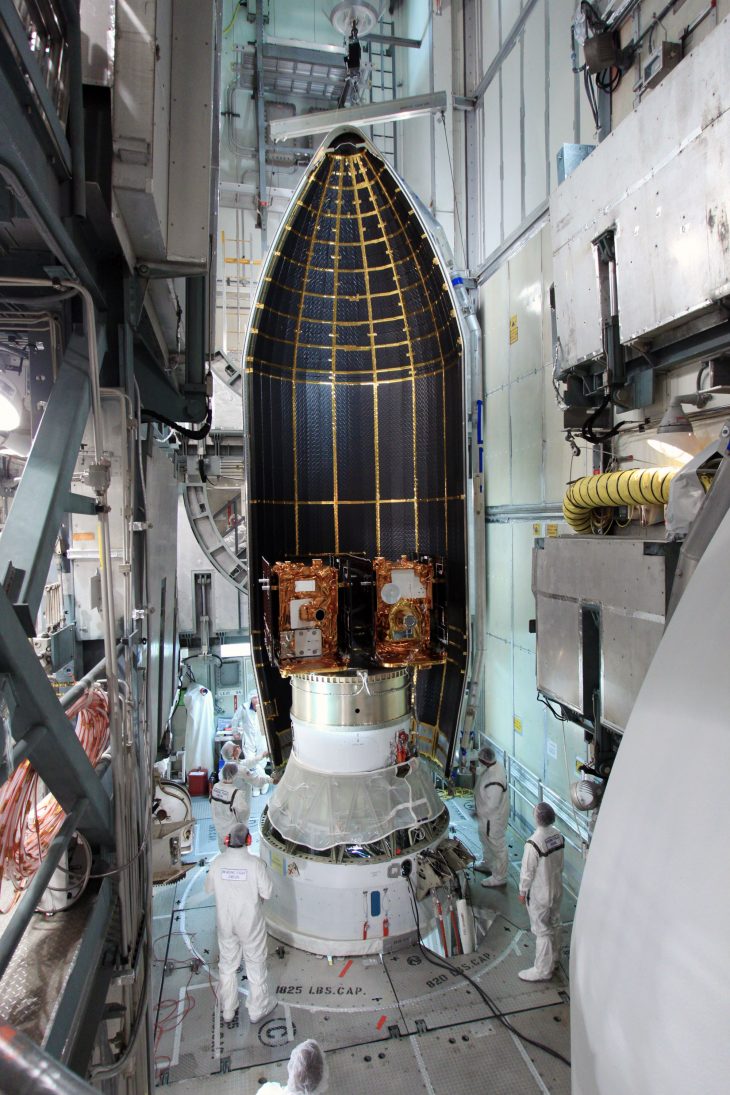
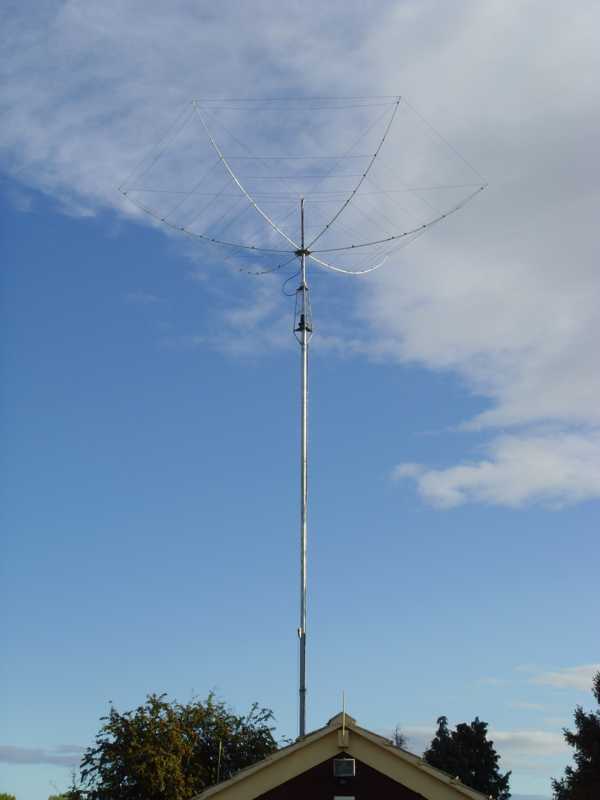
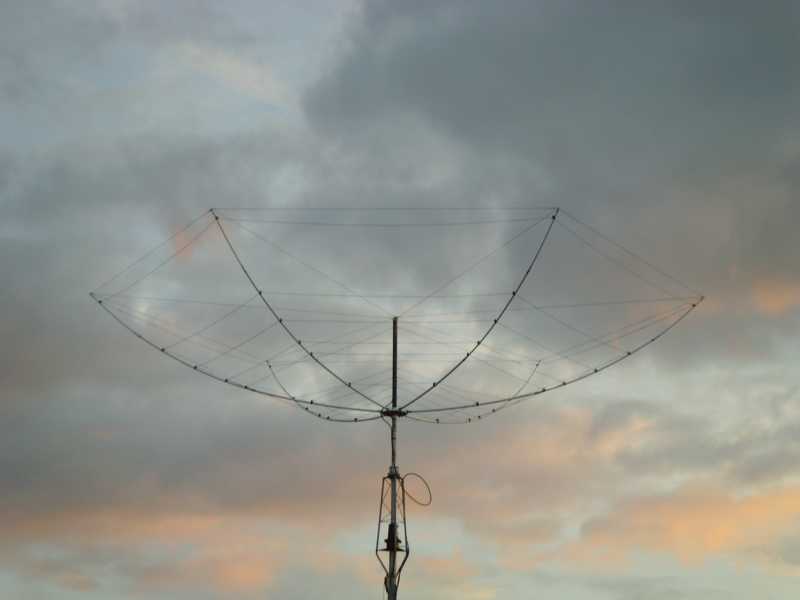 The standard and quality of the antenna and parts was second to none and I have no doubt it will prove a wise decision to change to it.
The standard and quality of the antenna and parts was second to none and I have no doubt it will prove a wise decision to change to it. 
